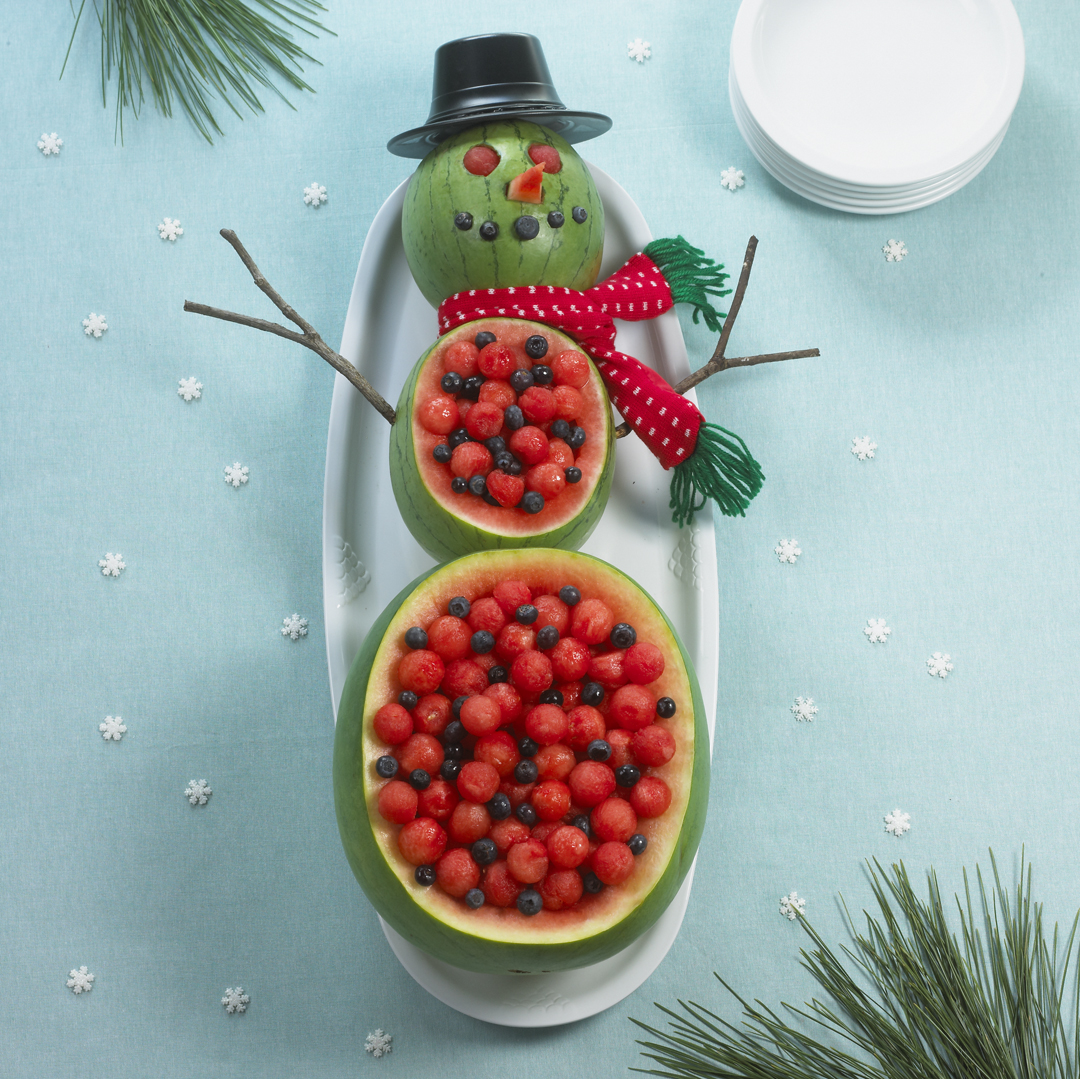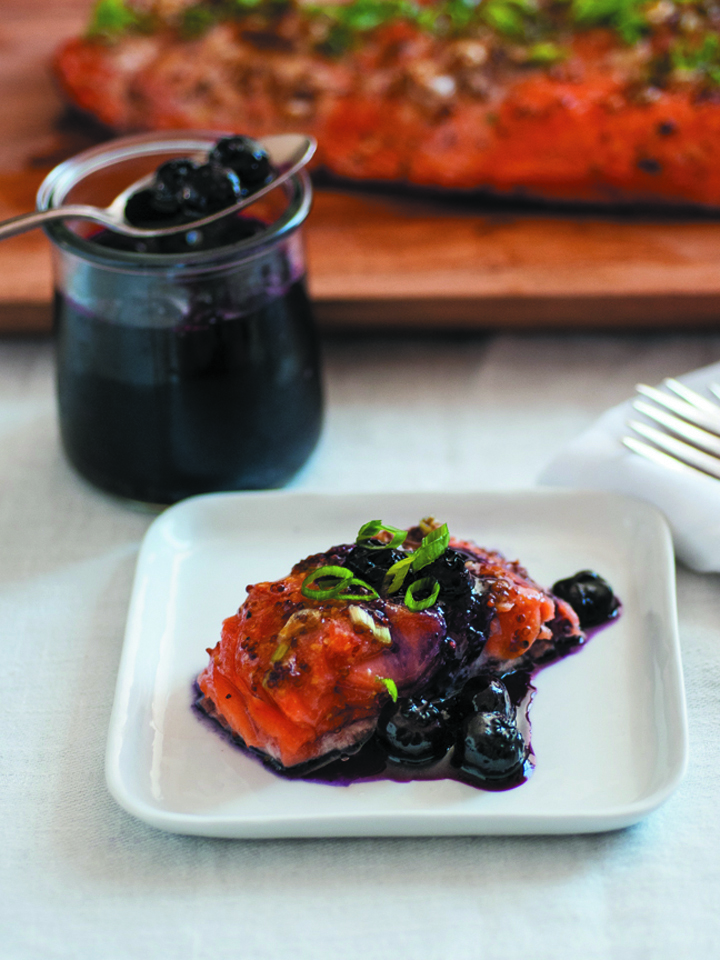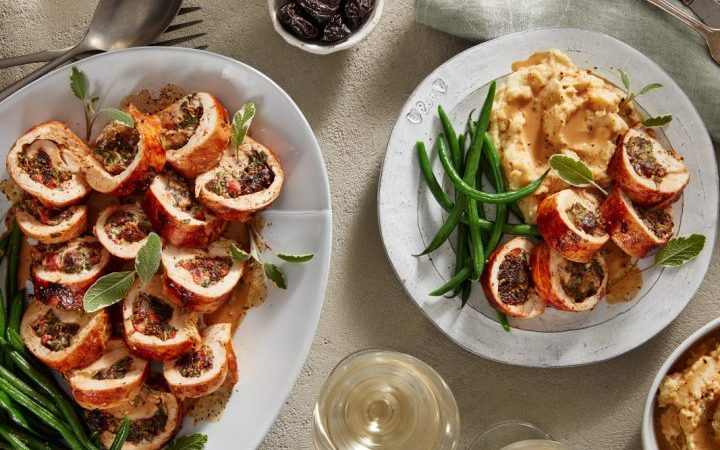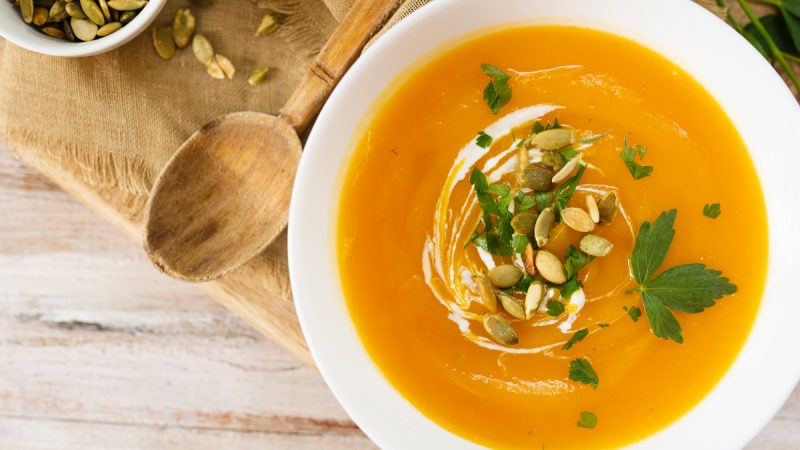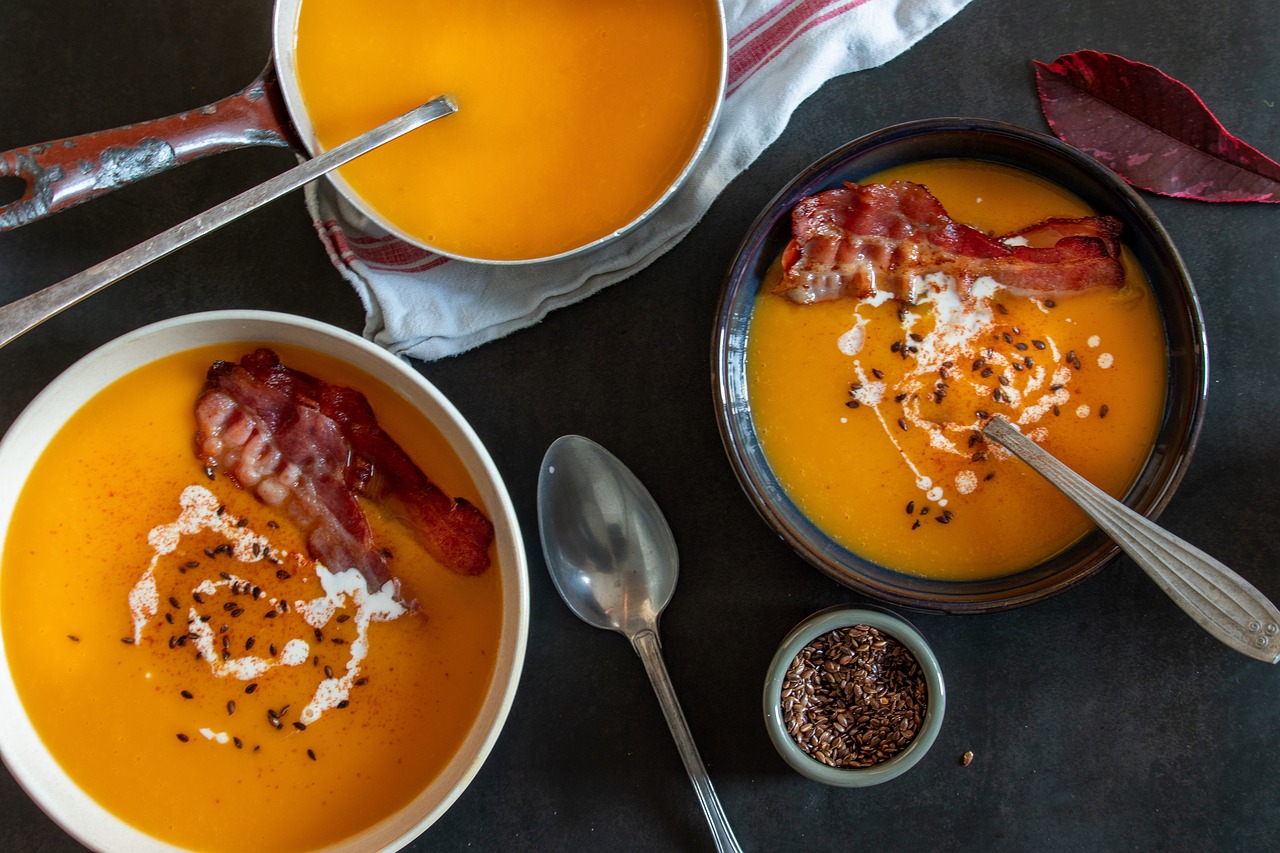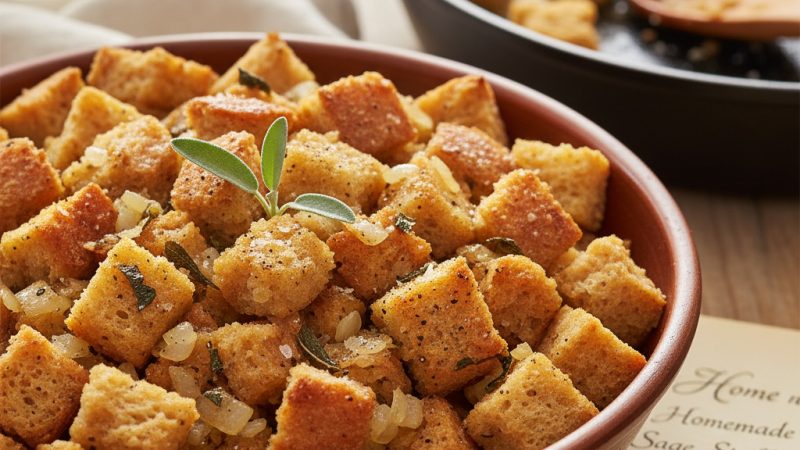Eating The Tuscan Way
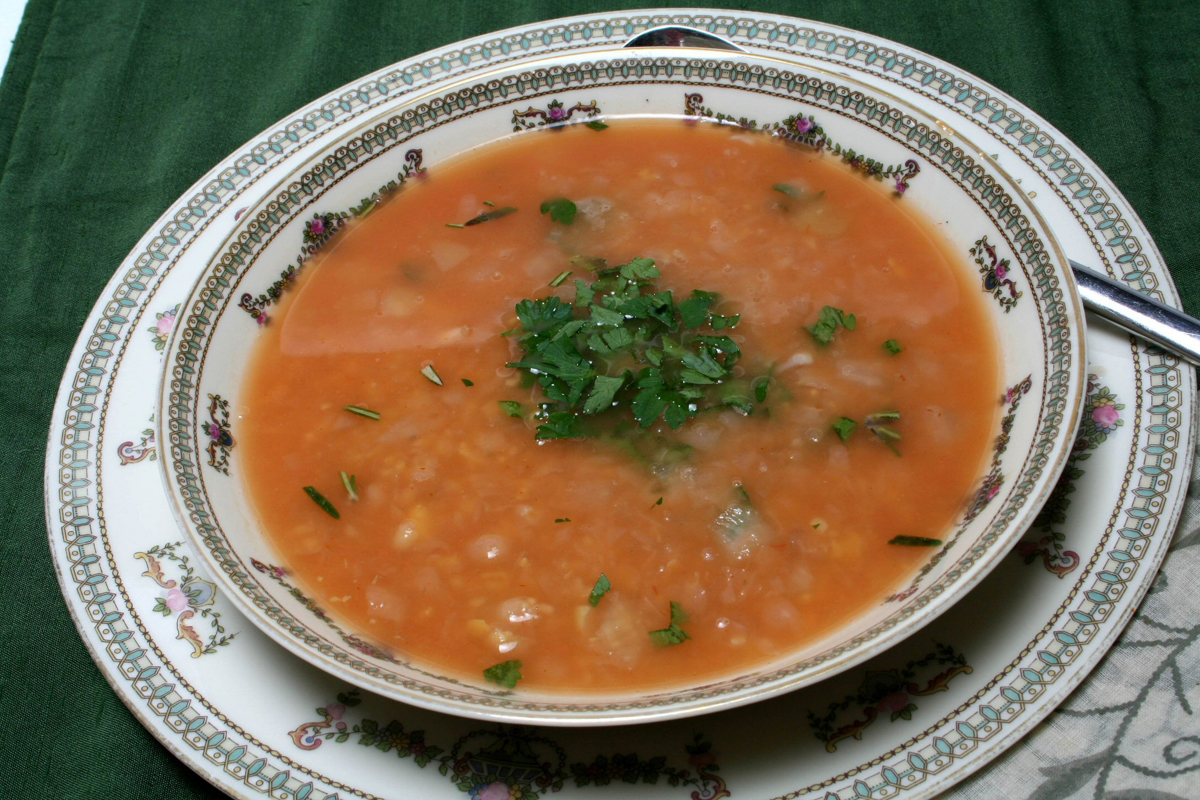
Unless you have been in solitary confinement for a decade, you have heard a lot about Tuscany, Italy. It has been both extolled as paradise on earth and cursed as a tourist-ridden parking lot full of either English or Americans expatriates renovating ancient villas under a glorious Tuscan sun.
Reality is more the latter than the former. Any small, stone farmhouse far enough off the beaten track so that it costs less than your entire life savings will be so run down that you will freeze in the winter and boil in the summer for the decade needed to navigate the vagaries of Italian law and temperament – all long before you have created your dream house. I know, because a friend who emigrated here from Italy in the sixties owned such an enchanting hovel, complete with olive trees and grape vines, on a hilltop with stunning views, but minus a roof or running water. Finding a buyer with a bottomless budget took 20 years.
This gave me several decades to visit Tuscany with my friend, staying with her family and sharing their traditional meals. They started with “fettunta,” grilled bread rubbed with garlic, then drizzled with olive oil. It was the ideal introduction to elementally simple Tuscan food, including its distinctively peppery extra virgin olive oil, rich in polyphenols that are potent antioxidants.
Every day we ate beans and heaping plates of “cavolo nero” (sold here as Dinosaur, Black or Tuscan kale), boiled until tender and mild, then drizzled with oil. Sunday dinners were risotto made from farro, an ancient variety of whole wheat native to the area, and the week’s serving of meat. You knew from what was on the grill or from the size of the roast that there would be no seconds, but after the farro, we felt no need for extra helpings. Sold at specialty stores here, the farro’s softer taste and texture also makes great pilaf and salads.
I mostly use canned beans now, but Tuscan eating sometimes inspires me to soak dried chickpeas and then simmer them for this easy soup. Besides tasting great, this soup avoids the high levels of sodium found in most canned beans.
Tuscan Chickpea Soup
– Makes 6 servings or 6 cups
- 2 cans (15 oz.) chickpeas, rinsed and drained
- 2 large whole garlic cloves, peeled
- 1 can (14 1/4 oz.) reduced-sodium vegetable broth
- 2 tsp. extra-virgin olive oil
- 1 medium onion, chopped
- 2 Tbsp. tomato paste
- 1 tsp. chopped fresh rosemary
- Salt and freshly ground black pepper
- 2 tsp. extra-virgin olive oil, for garnish (optional)
- 1 tsp. lemon juice (optional)
- 2 1/2 Tbsp. minced flat-leaf parsley, for garnish (optional)
Place the chickpeas and garlic in a large saucepan. Pour the broth into a one-quart measuring cup and add cold water to make 4 cups of liquid. Add the liquid to the pot and over medium-high heat, bring it to a boil. Reduce the heat and simmer, covered, until the beans are very soft, 20 minutes. Let the soup sit 10 minutes to cool slightly.
Meanwhile, heat the oil in a small skillet over medium-high heat. Add the onion and cook, stirring often, until the onion is soft, about 5 minutes. Transfer mixture to a blender.
Add the chickpeas, garlic, liquid, tomato paste and rosemary. Purée until smooth. This may need to be done in 2 batches. Make the soup smooth or leave some texture, as you prefer. Season to taste with salt and pepper.
To serve, ladle the soup into bowls. Garnish each either by drizzling 1/2-teaspoon of olive oil over the soup, or by mixing in 1 teaspoon lemon juice. Sprinkle with the parsley.
Per serving: 142 calories, 3 g. total fat (less than 1 g. saturated fat), 21 g. carbohydrate, 8 g. protein, 5 g. dietary fiber, 372 mg. sodium.
The Author:
“Something Different” is written by Dana Jacobi, author of 12 Best Foods Cookbook and contributor to AICR’s New American Plate Cookbook: Recipes for a Healthy Weight and a Healthy Life.
The American Institute for Cancer Research (AICR) is the cancer charity that fosters research on the relationship of nutrition, physical activity and weight management to cancer risk, interprets the scientific literature and educates the public about the results. It has contributed more than $86 million for innovative research conducted at universities, hospitals and research centers across the country. AICR has published two landmark reports that interpret the accumulated research in the field and is committed to a process of continuous review. AICR also provides a wide range of educational programs to help millions of Americans learn to make dietary changes for lower cancer risk. Its award-winning New American Plate program is presented in brochures, seminars and on its Web site, www.aicr.org. AICR is a member of the World Cancer Research Fund International.

